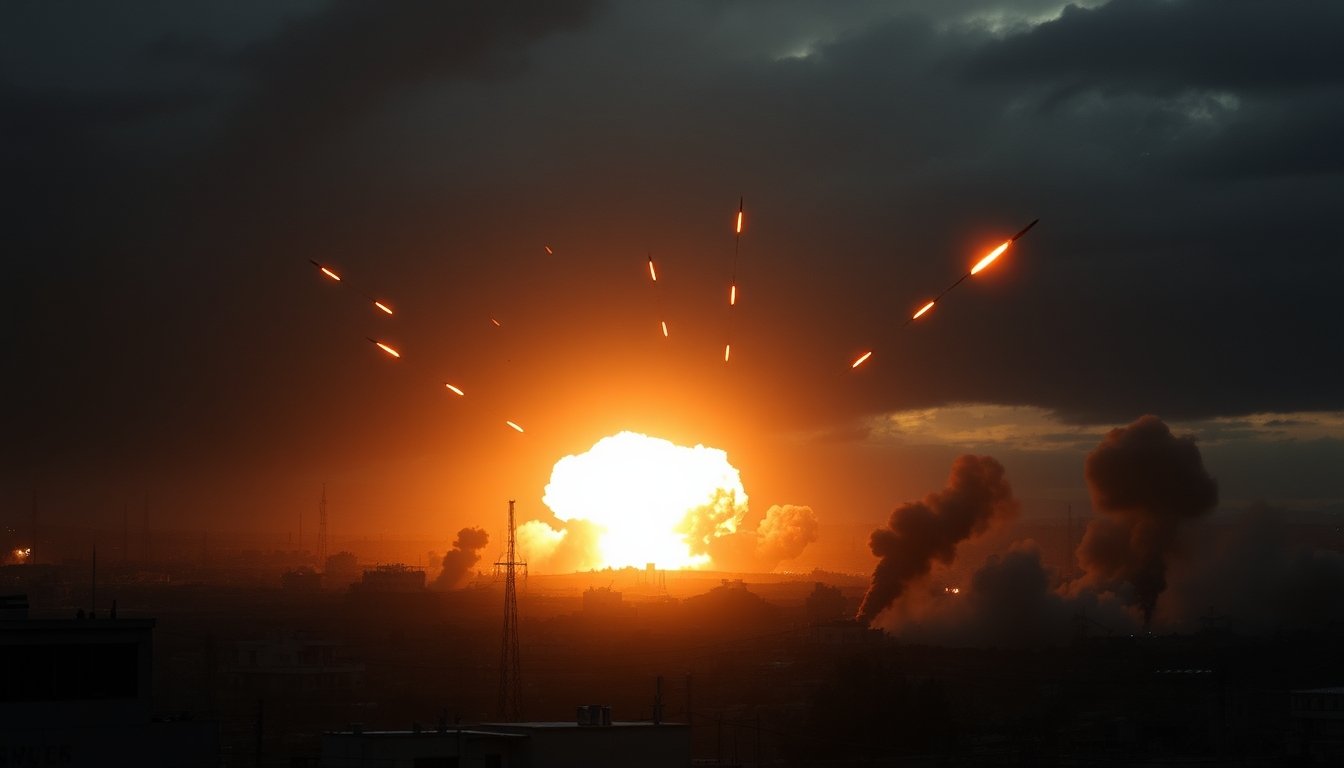BRICS Currency and the Dollar Challenge: Can It Gain Reserve Status?
Amid growing talk of reshaping global finance, the question of whether a joint BRICS currency of the organisation (Brazil, Russia, India, China, South Africa, and now other members) can win international “reserve-currency” status looms large. Russia, in particular, has been hinting for some time that such a currency is “in the pipeline”. But if one looks under the bonnet of currency-reserve mechanics, the gap between rhetoric and operational reality is wide.
The current terrain
- The U.S. dollar remains by far the dominant international reserve currency. According to the International Monetary Fund (IMF), while the dollar’s share is gradually subsiding, it retains a commanding role.
- The BRICS grouping is moving in interesting directions: for instance, its members are increasing bilateral trade in national currencies and developing mutually-linked payment infrastructure rather than relying solely on the dollar regime.
- At the same time, analysts emphasise that although BRICS countries routinely speak of a shared currency or basket-based unit, the timeline is vague and the political-economic convergence required is substantial.
What does it take for a currency to become a reserve currency?
In essence, such a currency needs to play three inter-linked roles: a store of value, a unit of account and a medium of exchange internationally. But translating that into practice, central banks and analysts typically point to a set of criteria. Key amongst them:
- The issuing economy must be large in global trade and economic size.
- Transparent, deep, and open financial markets; the currency must be freely convertible and widely traded.
- A track record of macroeconomic stability, credibility of monetary policy, and legal/financial frameworks that support international usage.
- Widespread invoicing of trade and debt issuance in that currency — usage begets acceptance.
- Liquidity: central banks must feel comfortable holding the currency in meaningful quantities as reserves.
The Atlantic Council summarises six essential qualities of a reserve currency, which include market depth, openness, convertibility, stable value, international usage, and credibility.
Where does the BRICS currency idea stand — and what are the hurdles?
Ambitions and signals:
- The BRICS nations have openly discussed creation of a BRICS currency or currency unit comparable to the “unit” of their countries’ combined weight. For example, one media piece underlines that for a BRICS currency to gain reserve status, it must “tick all the boxes” of IMF standards.
- Technical progress is being made: The push is less for an instant replacement of the dollar and more for expanding use of local currencies, building alternative payment systems, and strengthening financial linkage among BRICS states.
Hurdles and realism checks:
- Broad economic divergence: BRICS members differ significantly in size, openness of capital markets, currency convertibility, institutional strength, and macro-policy credibility. That makes coordination far more difficult than in a homogeneous currency area.
- Convertibility and market depth: Many BRICS currencies are still subject to capital controls, limited liquidity, and less transparent financial markets compared to incumbent reserve currencies. That limits the willingness of foreign central banks and institutions to hold them.
- Trust and history: A reserve currency does not simply appear; it is built over decades of usage, resilience through crises, and global familiarity. The dollar (and earlier, the pound) benefited from long-run precedence.
- Scale of global trade and invoicing: The dollar is still heavily used to invoice goods and services, and many non-U.S. countries hold dollar reserves because of the ubiquity of its usage. A new currency must reach similar network effects.
- Institutional and structural factors: The existing global financial infrastructure (payment rails, bond markets, currency swap lines, official reserve holdings) is heavily dollar-centric. Shifting that requires major structural shifts, not just announcements.
So what must happen for a BRICS currency to realistically gain reserve status?
From the above, one can sketch the key phases/requirements:
- Credible blueprint & common design
- The BRICS bloc would need a clear design, whether a new currency, a basket or digital unit — with governance, transparency and safeguards.
- Member nations must commit to macro-policy convergence or at least credible institutional alignment (monetary policy discipline, capital-flow openness, convertibility).
- Scale of trade-invoicing & usage
- The BRICS currency must be used significantly in intra-BRICS trade and external trade by BRICS countries (and beyond). This will build its usage network and increase its attractiveness as a medium of exchange.
- For example, India is increasingly trading in rupee/INR for some deals; China expanding yuan invoicing; trade-settlement in local currencies is rising.
- Depth of financial markets & investor/government confidence
- To be held as reserve, the currency must be seen as a reliable store of value: stable, backed by deep government/corporate bond markets, liquid markets for trading, hedging, etc.
- Foreign-central-bank readiness to hold the currency in large quantum—and to be able to deploy it quickly.
- Convertibility and openness
- The currency must be freely usable across borders—without heavy exchange-controls, without significant capital-flow restrictions, and with good regulatory/settlement infrastructure.
- Global institutional integration & payments architecture
- Payment systems, cross-border settlement networks, currency swap arrangements, central-bank coordination must support the currency’s usage.
- For instance, BRICS is working on alternative payment systems and local-currency settlement mechanisms.
- Gradual accumulation as reserves and legitimisation
- Central banks need to hold the currency as part of their foreign-exchange reserves. That implies a track record of performance: stability, liquidity, and minimal surprises.
- Only once the currency passes “market test” of crisis-resilience does it earn genuine reserve status.
Why this means the pipeline is still long
Given the above, it becomes clearer why—even as Russia signals, and China supports, and India is participating in more local-currency settlement—the actual roadmap toward a full-fledged BRICS currency is long and uncertain.
- The sheer heterogeneity within BRICS means that convergence (in policy, regulation, market structure) will take time.
- Some members (such as India) continue to emphasise that they are not currently pursuing a dollar replacement, focusing instead on trade in local currencies. For example, India’s Chief Economic Adviser stated India is not part of any such initiative.
- The global system is heavily tilted toward the dollar; to shift that dynamic requires not only new currency issuance but also behavioural change by central banks, corporates and traders globally.
- Even if a BRICS currency is introduced, gaining reserve-currency status means not merely existence but international acceptance and accumulation — which may require a decade or more of demonstrated performance.
The bigger picture around BRICS currency
While the concept of a BRICS currency is often framed as a challenge to the U.S. dollar hegemony, the likely near-term dynamics point more toward incremental de-dollarisation rather than abrupt replacement. In effect: more trade settled in local currencies, more bilateral currency-swap lines, alternative payments systems, and reduced reliance on the dollar in certain corridors.
The global financial architecture is evolving toward greater multipolarity—but changing the anchor (the dollar) is not something that happens overnight. For a BRICS currency to gain true reserve status it must become a trusted global asset, not simply a politically-symbolic unit.
So what should we watch for going forward?
Here are some milestones or signal-events to track:
- Uptick in the share of BRICS currency (or basket) invoicing and settlement in international trade, especially outside BRICS.
- Development of deep, sovereign bond markets denominated in the new currency.
- Central banks (both in BRICS and beyond) starting to hold the currency as part of their reserve-asset portfolios.
- Cross-border payment systems and clearing mechanisms becoming operational at scale (reducing reliance on SWIFT-dollar rails).
- Policy-coherence among BRICS: tighter coordination of macro-policy, capital-flow openness, stable convertibility and governance.
- Official announcements and legal-institutional framework for the new unit: calendar for issuance, backing mechanism, governance, transparency.
- Behaviour in times of crisis: whether the currency remains stable and liquid when shocks hit. That is a key credibility test.
Conclusion
The idea of a BRICS currency achieving reserve-status is compelling: it aligns with the bloc’s strategic ambitions to carve a larger role in the global financial system, reduce dependency on the dollar, and assert alternative norms. But the practical hurdles are formidable. The criteria for reserve-currency status are high and many of them draw from decades of institutional inertia in existing currencies.
Rather than a sudden paradigm-shift, what we are more likely to see is gradual layering of local-currency trade settlement, payment-system diversification, and increased usage of BRICS currency for intra-bloc trade. Whether that eventually evolves into a fully fledged reserve BRICS currency remains uncertain—but the path will be long.
For now, the “pipeline” is real enough in discussion and design, but the clear-cut architecture, market depth and global acceptance required for reserve status are still under development.
BRICS currency reserve status, BRICS de-dollarisation, BRICS common currency 2025, BRICS vs US dollar, global reserve currency, IMF reserve criteria, yuan international trade, India rupee trade settlement, BRICS Pay system, BRICS financial integration
Discover more from
Subscribe to get the latest posts sent to your email.








1 COMMENTS